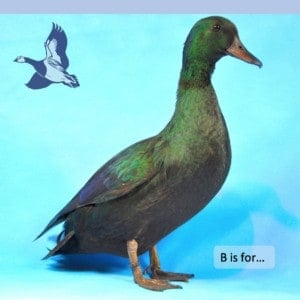
Weekend Webbies — Just One Thing
With our birds probably in flockdown, their drinking and bathing water might not be in the ideal pool. Movement can keep water open, but smaller volumes than usual may be

With our birds probably in flockdown, their drinking and bathing water might not be in the ideal pool. Movement can keep water open, but smaller volumes than usual may be
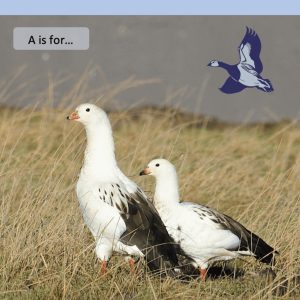
A little nugget to consider for the weekend, we hope you’ll tune in every Friday for regular tips: If you have a moment, get spare boots to keep exclusively for
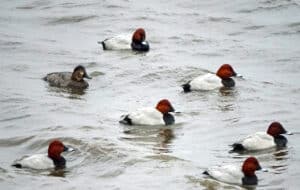
Though familiar, we mostly tend to see wild Common Pochard (Aythya ferina) in winter. Populations from the breeding grounds in the steppes seek refuge in our slightly less harsh climate.
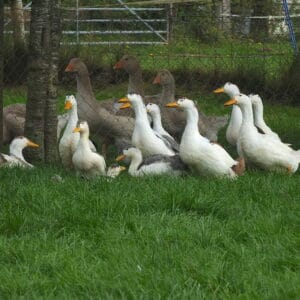
Birds use their large, prominent eyes to search for food and detect predators. They can see objects in fine detail two-and-a-half to three times farther away than people can, and their
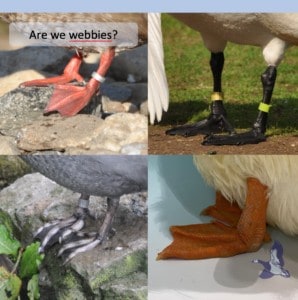
What would you call a bunch of enthusiasts who love ducks, geese and swans? We are paddling into the competition season with a search for a brilliant word. Comment on
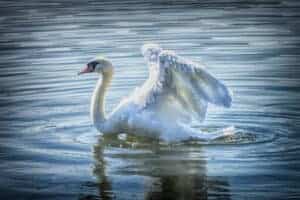
As a hgv driver, Rupert Stephenson’s day job takes him to many places, one of those last week was Stratford upon Avon. ‘I was emptying bins along the river area,
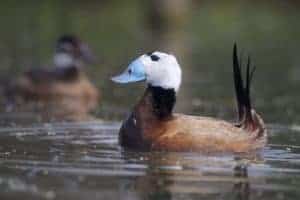
The colours we see can sometimes be just an illusion. The White-headed Duck’s bill is bone, supporting a thin layer of living tissue which is then covered again with a
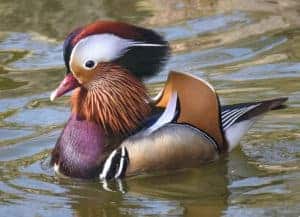
No harm in a little eye-candy from time to time! The magnificent Mandarin is back in his breeding finery for most of us, including some finely-marked feathers on his flanks.
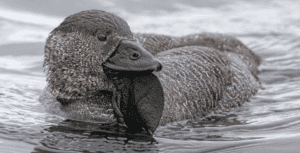
News of a talking duck is not new, but the Australian Musk Duck Biziura lobata is a recent subject. The repertoire of this species includes many sounds that the birds
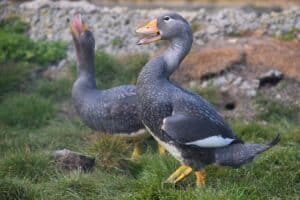
The sharp, horn-covered bony projection on the wrist joint of some waterfowl is known as the Carpal spur. It is there for fighting! The Magellanic Steamerduck (Tachyeres pternes) and the
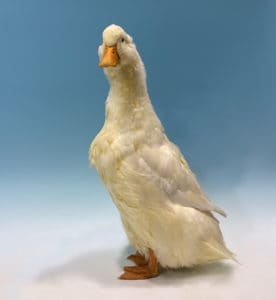
One of our most popular show classes is the heavy Pekin Duck. We regularly attract a large number of entries and hope to see some of these great birds at
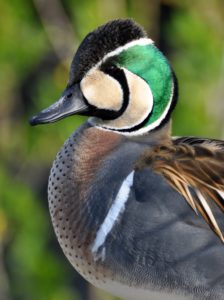
The stunning Baikal Teal (Sibirionetta formosa) is a firm favourite for many, but it’s only a generation or 2 since it was considered difficult to breed and so commanded a
The BWA offers members a wide range of services and facilities to help you get more enjoyment from waterfowl.
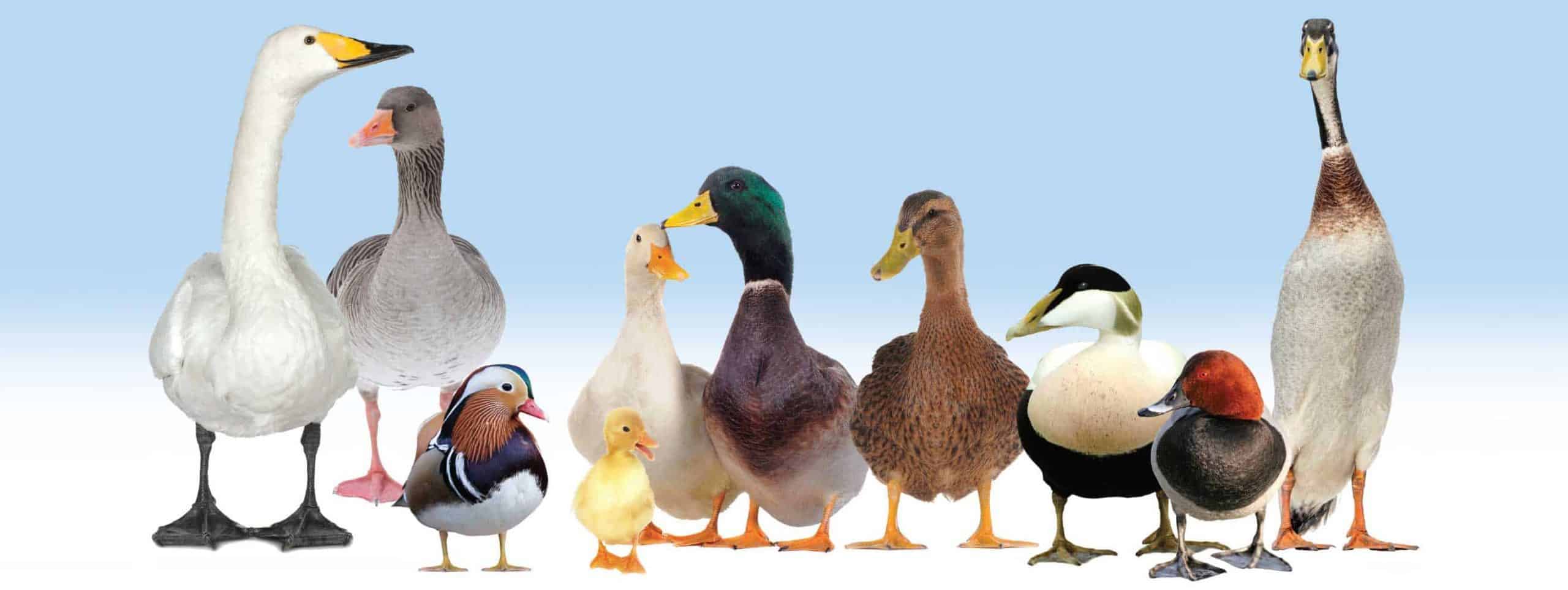
© 2024 – All Rights Reserved | Registered charity number 263156